Park and Palace of Monserrate
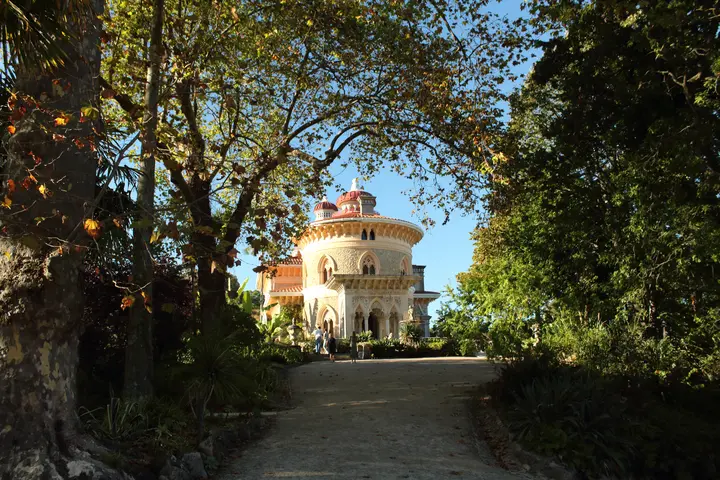
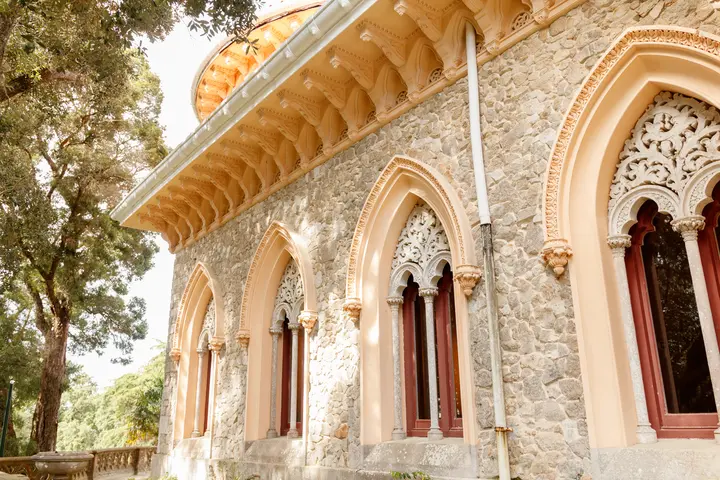
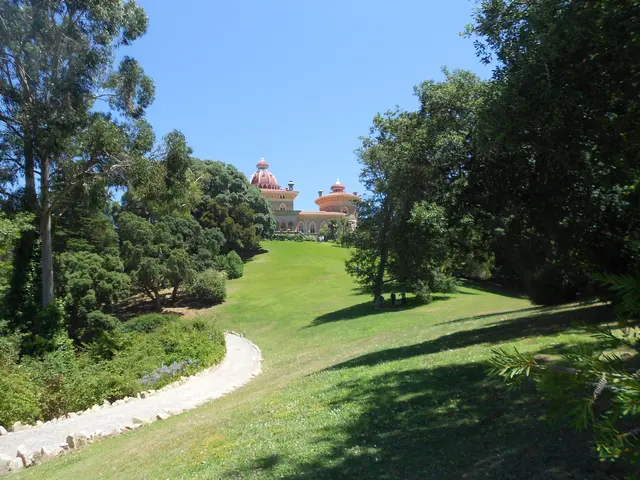
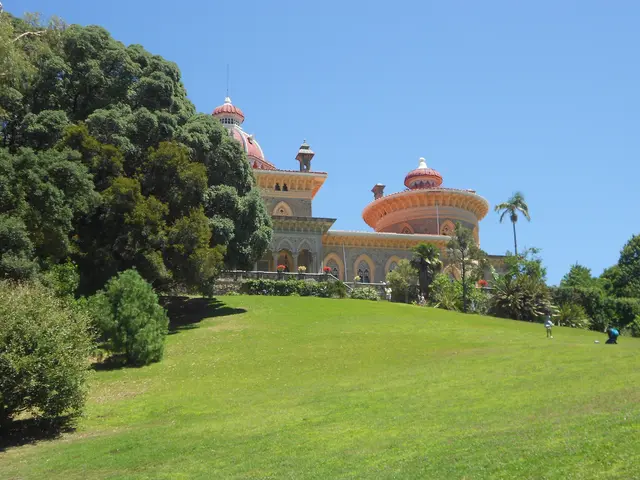
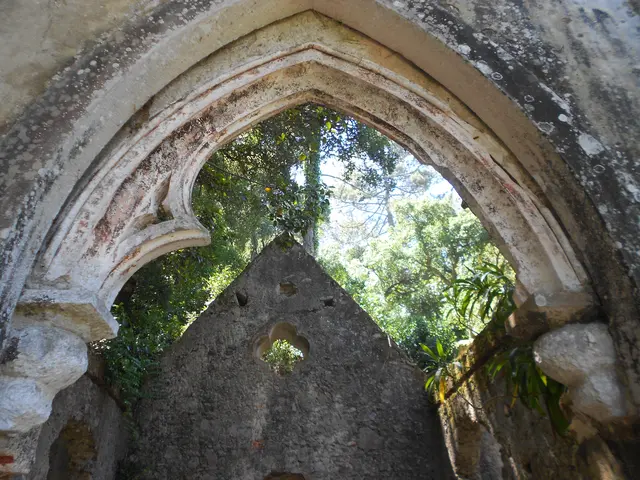
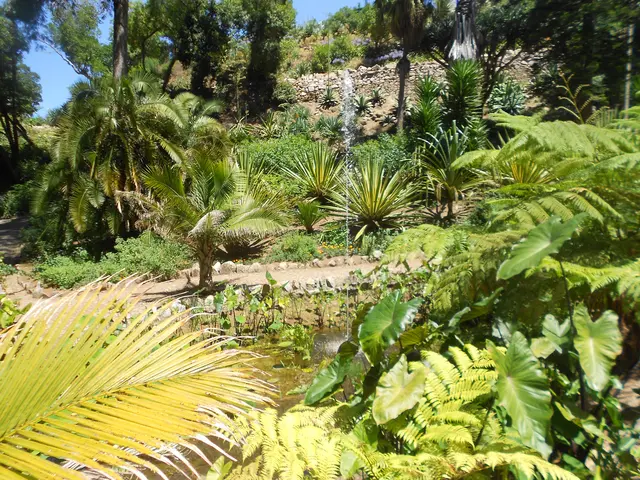
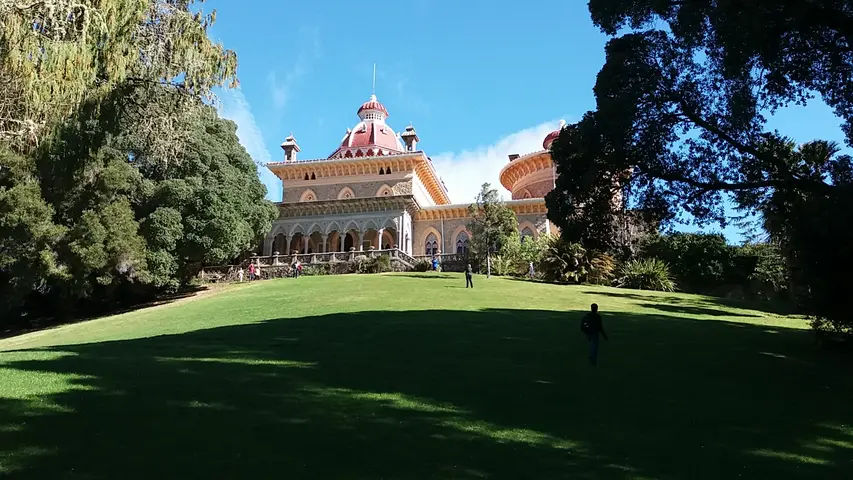
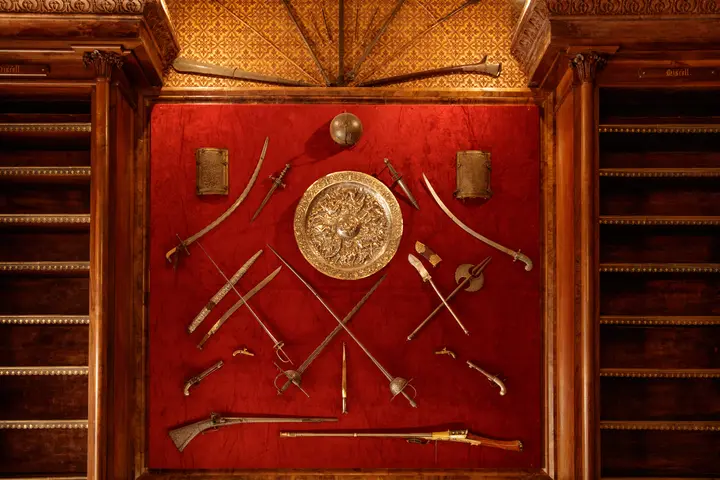
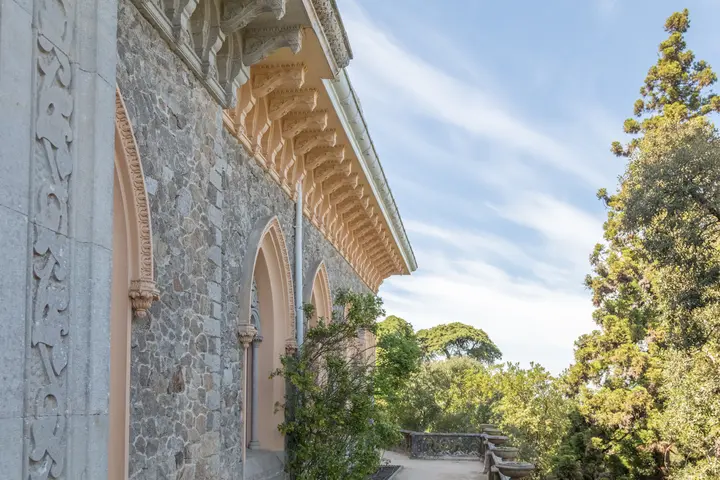
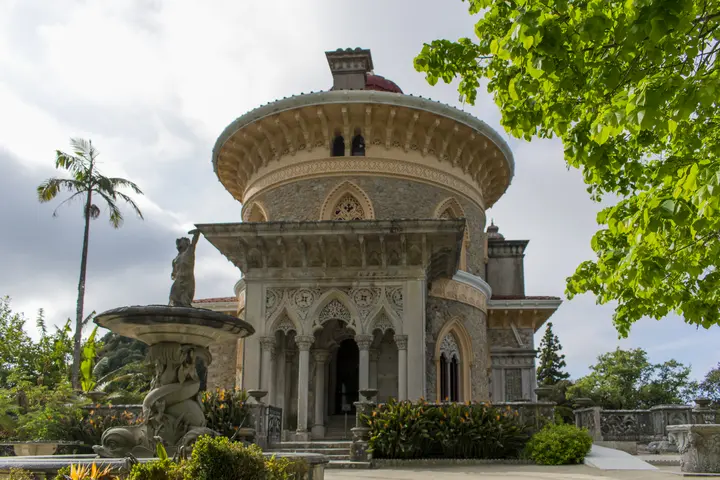
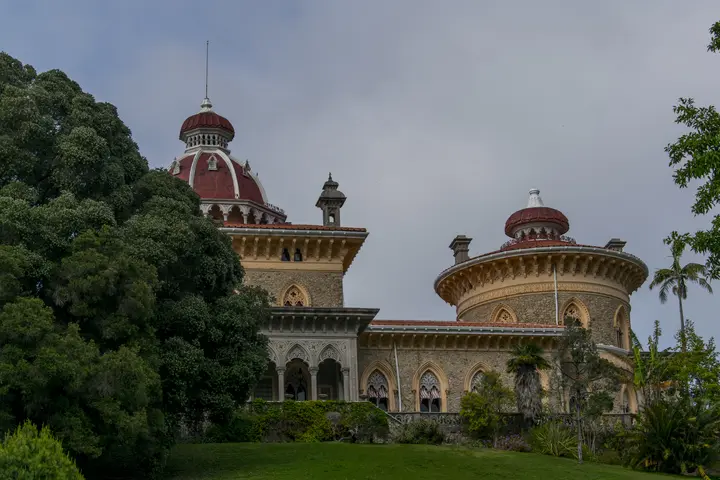
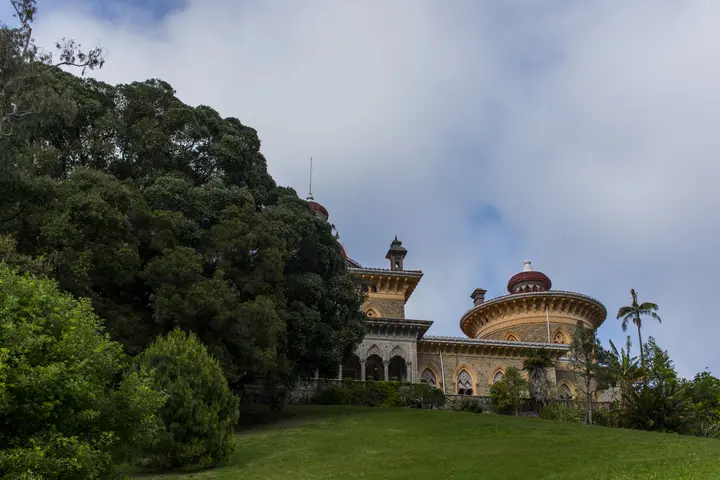
Introduction
The Park and Palace of Monserrate in Sintra invite us to explore a tapestry of architecture, gardens, and legends. Set on a hill surrounded by lush parkland, this UNESCO World Heritage site blends Gothic, Moorish, and Indian design with inspired horticulture. With every step, we find traces of lords, poets, and gardeners who shaped Sintra’s romantic soul. Monserrate offers history, beauty, and stories for all curious travelers.
Historic Highlights
🏰 From Hermitage to Fairy Tale Palace
The Park and Palace of Monserrate in Sintra began as a humble hermitage in the 16th century, founded by Friar Gaspar Preto in 1540. Local legend speaks of a Mozarabic nobleman martyred on this hill, a tale that laid spiritual roots for the future estate. The original chapel dedicated to Our Lady of Monserrate inspired centuries of devotion—and eventual transformation.
🇬🇧 The English Influence
During the late 18th and early 19th centuries, foreign travelers found Monserrate’s ruined beauty irresistible. The palace’s fortunes changed in 1789, when English merchant Gerard de Visme leased the land and built a neo-Gothic mansion. Soon after, the writer William Beckford brought his romantic vision, adding gardens and picturesque follies—a faux Roman arch and chapel ruin that still linger in the estate.
“Sintra… contains beauties of every description, natural and artificial. Palaces and gardens rising in the midst of rocks, cataracts and precipices…”
— Lord Byron, Letter to his mother, 1809
Byron’s enchanted words made Sintra—and Monserrate—a must-see for Romantics across Europe.
🌺 The Golden Age of Francis Cook
Sir Francis Cook’s arrival in the mid-1800s marked the true flowering of the palace and its gardens. Between 1858 and 1866, Cook and architect James Knowles transformed Monserrate into a triumphal arch of the imagination. The palace fuses Moorish Revival arches, Indo-Saracenic domes, and Gothic tracery—the very essence of a Romantic monument.
“Monserrate is a true vignette of the Thousand and One Nights, a fairy-tale vision.”
— Hans Christian Andersen, 1866
The gardens grew into a living museum. Gardeners experimented with rare plants—from Australian tree ferns to Mexican agaves—making Monserrate not just a showpiece but a scientific garden ahead of its time.
🛠️ Decline, Rescue, and Renewal
In the 20th century, Monserrate slipped into neglect. Interiors were sold off at auction; gardens became overgrown. It was only the determined effort of the Portuguese state that saved Monserrate in 1949 from development. Restoration in the 2000s returned the palace and park to their former grandeur. Today, visitors walk restored galleries and botanical paths, witnessing a rare convergence of art and nature.
💡 Visitor Tip
Plan your walk in the early morning for tranquil views and lingering mist—when peacocks sometimes strut the lawns, echoing the 19th-century garden parties.
Timeline & Context
Historical Timeline
- 1540 – Friar Gaspar Preto founds the chapel of Monserrate.
- 1718 – Estate is acquired by Caetano de Mello e Castro.
- 1755 – Lisbon earthquake damages the property.
- 1789 – Gerard de Visme, English merchant, leases and rebuilds the house.
- 1793–99 – William Beckford rents and enhances Monserrate.
- 1809 – Lord Byron visits, inspiring Romantic pilgrims.
- 1856 – Sir Francis Cook becomes tenant; purchases estate in 1863.
- 1858–66 – Cook commissions the palace and park’s transformation.
- 1901–20s – Cook family enhances, then relinquishes, estate.
- 1949 – Portuguese State acquires Monserrate to prevent its breakup.
- 1978 – Designated Property of Public Interest.
- 1995 – Sintra inscribed as UNESCO World Heritage Cultural Landscape.
- 2000s–2010s – Full restoration; palace and gardens reopen to the public.
Cultural and Architectural Synthesis
Palácio de Monserrate’s evolution embodies the Romantic era’s fascination with the exotic and the revival of historic styles. The palace’s design is a rare synthesis: Moorish arches and Indian domes blend with neo-Gothic details to create a ‘neo-Oriental’ vision. This fusion is not mere ornament but carries deeper cultural meanings—reflecting Portugal’s historic openness to influences from the Islamic world and beyond, as well as the importation of British tastes by industrialist Francis Cook. The palace thus stands not only as an Englishman’s fantasy transplanted to Portugal, but as a deliberate intercultural dialogue in stone and stucco.
The Garden as Living Experiment
Monserrate’s gardens are crucial in understanding the site’s historical significance. Designed in collaboration with British horticulturalists and landscape designers, the park was organized as a global botanical map—portions modeled after Mexico, Japan, and Australia. The estate pioneered the acclimatization of exotic species, sharing plants with Kew Gardens and using Sintra’s favourable climate as a “testing ground” for diverse flora. This 19th-century ambition aligned with the broader Victorian scientific drive, and today Monserrate’s garden heritage is recognized by the European Route of Historic Gardens.
Socio-Economic and Local Impact
Beyond aesthetic achievement, Monserrate’s influence radiates into social and economic life in Sintra. The estate provided local employment for generations—from gardeners and house servants to artisans and event staff. Community identity grew intertwined with the legend and fortunes of Monserrate. Furthermore, the site’s role as an inspiration for international authors such as Lord Byron and Hans Christian Andersen helped cement Sintra’s reputation as Portugal’s ‘Capital of Romanticism,’ attracting visitors from across the world and sustaining today’s cultural tourism economy. Monserrate’s story, with its moments of near-loss and spectacular recovery, also serves as a rallying point for heritage preservation in Portugal.
Comparative and Heritage Perspectives
Monserrate is distinct within the Sintra ensemble of Romantic estates. While Pena Palace is more flamboyant and royal, and Quinta do Relógio a modest cousin, Monserrate excels through its unity of design, pioneering horticultural experimentation, and cosmopolitan genesis. Its preservation and public opening symbolize a broader trend to reclaim Portugal’s 19th-century cultural landscape as a source of national and European pride. The palace’s journey offers lessons in resilience—architectural, botanical, and communal—underscoring the vital interplay of conservation, education, and ongoing stewardship.